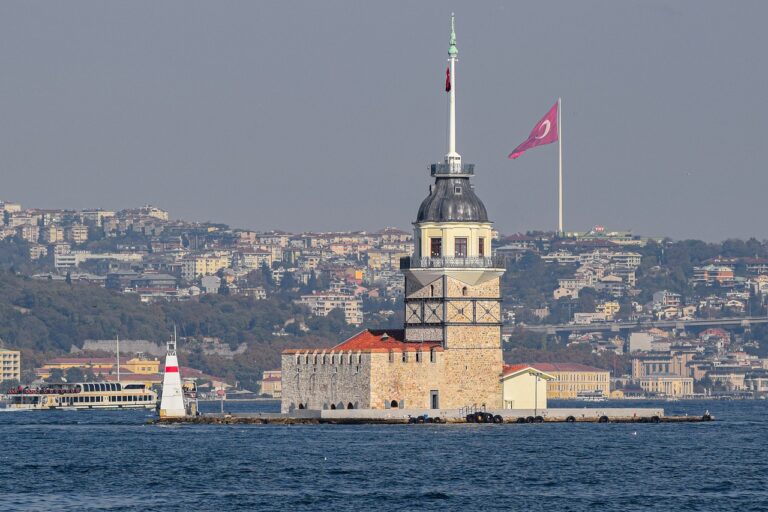The Impact of Overtourism on Local Communities: Strategies for Sustainable Tourism Management
Overtourism refers to the situation where the sheer volume of tourists visiting a particular destination exceeds its carrying capacity, causing numerous negative impacts. From iconic landmarks being overcrowded to locals feeling alienated in their own communities, overtourism can strain resources and disrupt the social fabric of a place. As more and more travelers flock to popular destinations, the detrimental effects of overtourism are becoming increasingly apparent in many regions around the world.
The rise of budget airlines, online booking platforms, and social media has made travel more accessible and affordable than ever before, contributing to the exponential growth of tourism. While this accessibility has brought economic benefits to many destinations, it has also led to the commodification of culture, environmental degradation, and a loss of authenticity in tourist hotspots. Understanding the root causes and consequences of overtourism is crucial in developing sustainable solutions to preserve the integrity and longevity of destinations for future generations.
Negative Effects on Local Communities
The influx of tourists can often lead to an increase in living costs for local residents. As demand rises, so do prices for goods and services, making it challenging for locals to afford their everyday expenses. This issue can result in the displacement of residents from their own neighborhoods as they are priced out of the market, disrupting the social fabric of the community.
Another consequential impact of overtourism on local communities is the degradation of cultural heritage. The commercialization of traditional practices and the transformation of cultural sites into tourist attractions can diminish the authenticity and significance of these places for the local inhabitants. This loss of cultural identity not only affects the residents but also diminishes the overall visitor experience, as authenticity is often a key draw for tourists.
Strategies for Sustainable Tourism
When it comes to promoting sustainable tourism, a crucial aspect to consider is the implementation of carrying capacity limits. By setting a maximum threshold on the number of visitors allowed in a given destination, local communities can better protect their natural resources and cultural heritage from the detrimental effects of overtourism. This strategy not only helps in preserving the authenticity of a place but also ensures that visitors have a more meaningful and enjoyable experience.
Furthermore, encouraging off-peak travel can help distribute the tourist flow more evenly throughout the year. By offering incentives or discounts during less busy times, destinations can alleviate the strain on infrastructure and resources while providing economic stability for local businesses that may heavily rely on seasonal tourism. This approach not only benefits the local community by reducing overcrowding but also allows visitors to appreciate the destination in a more authentic and relaxed manner.





